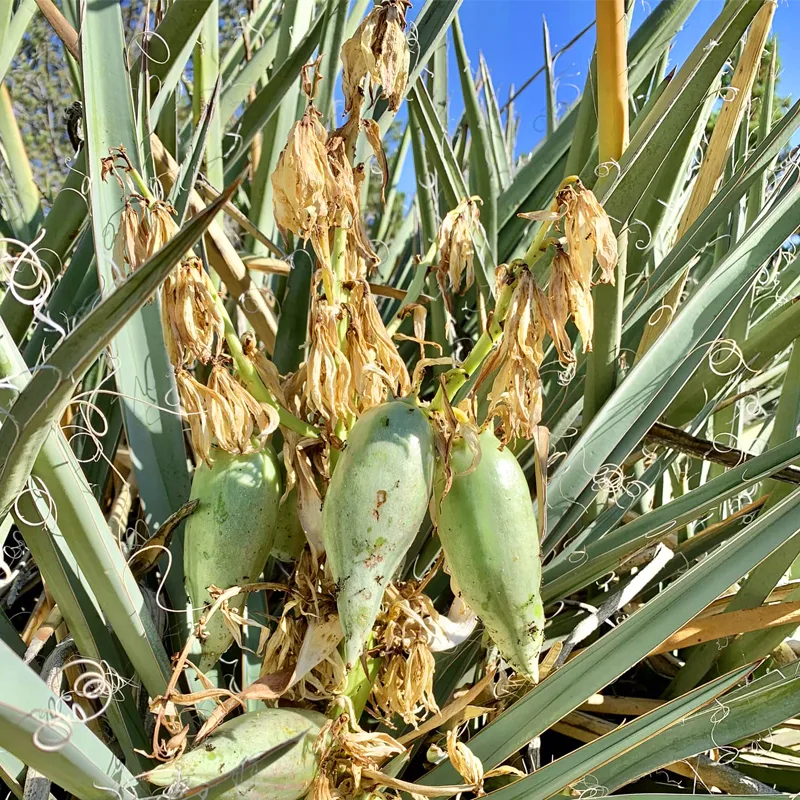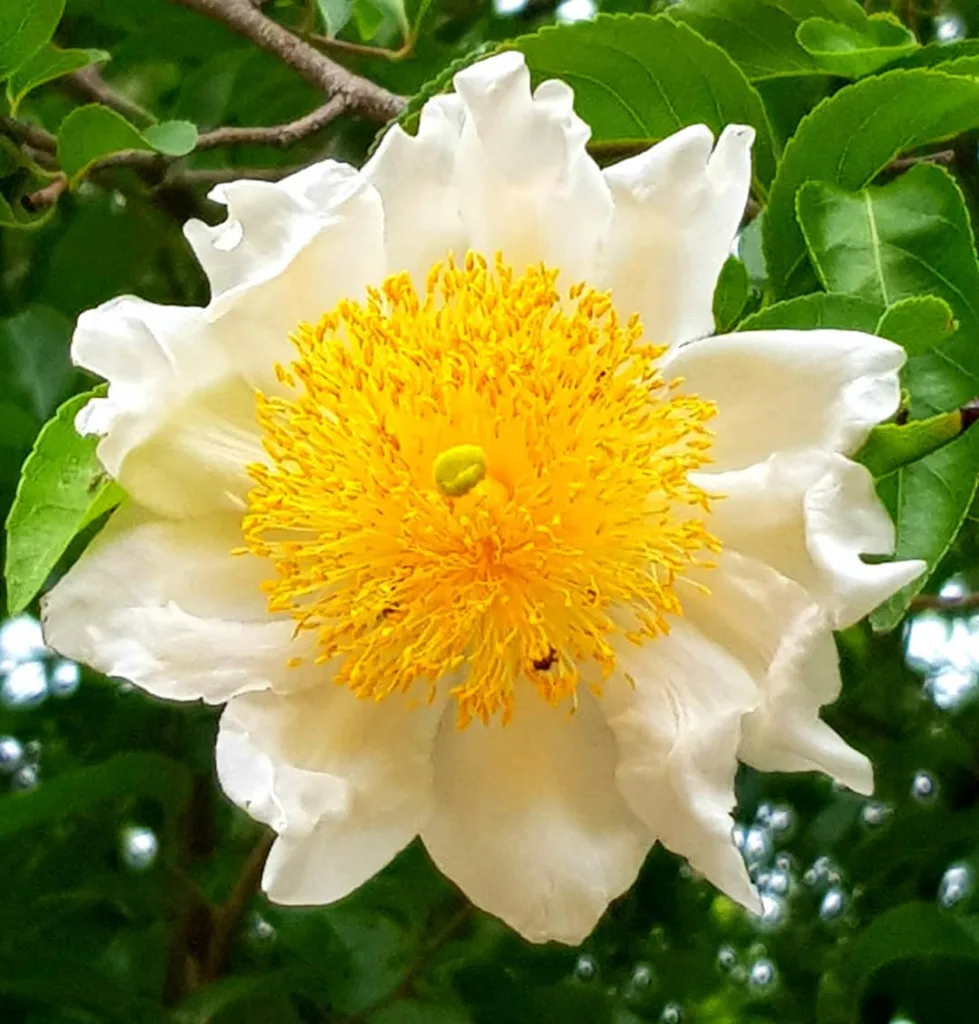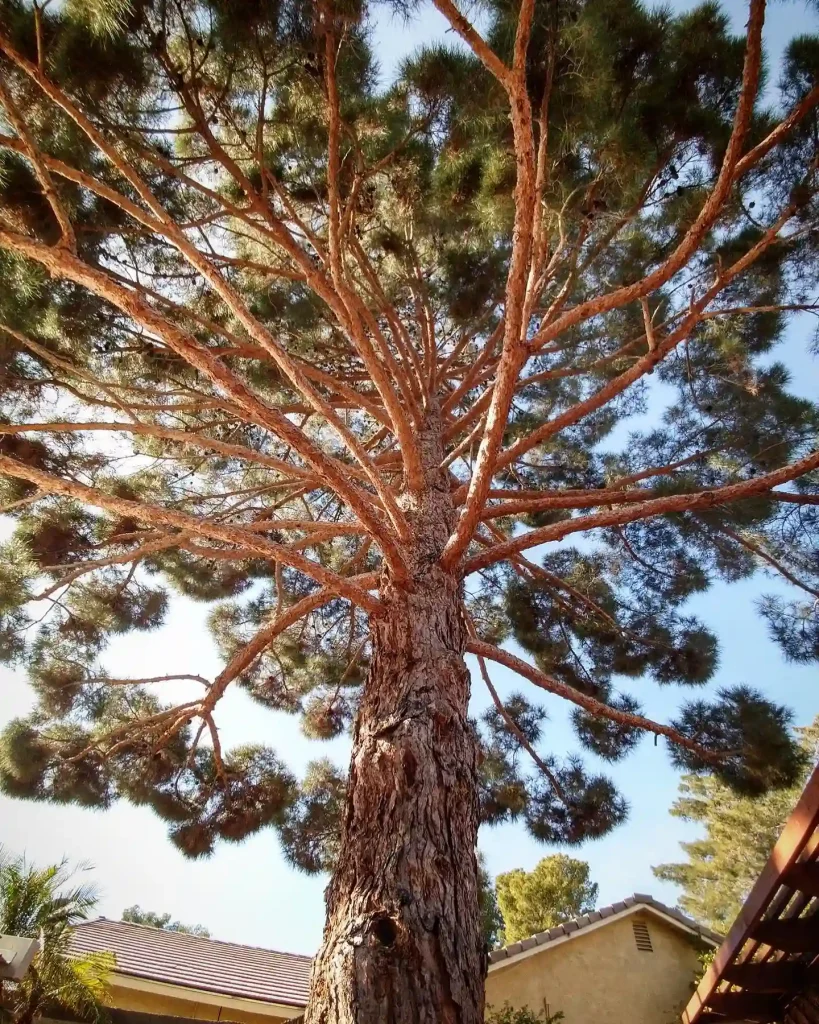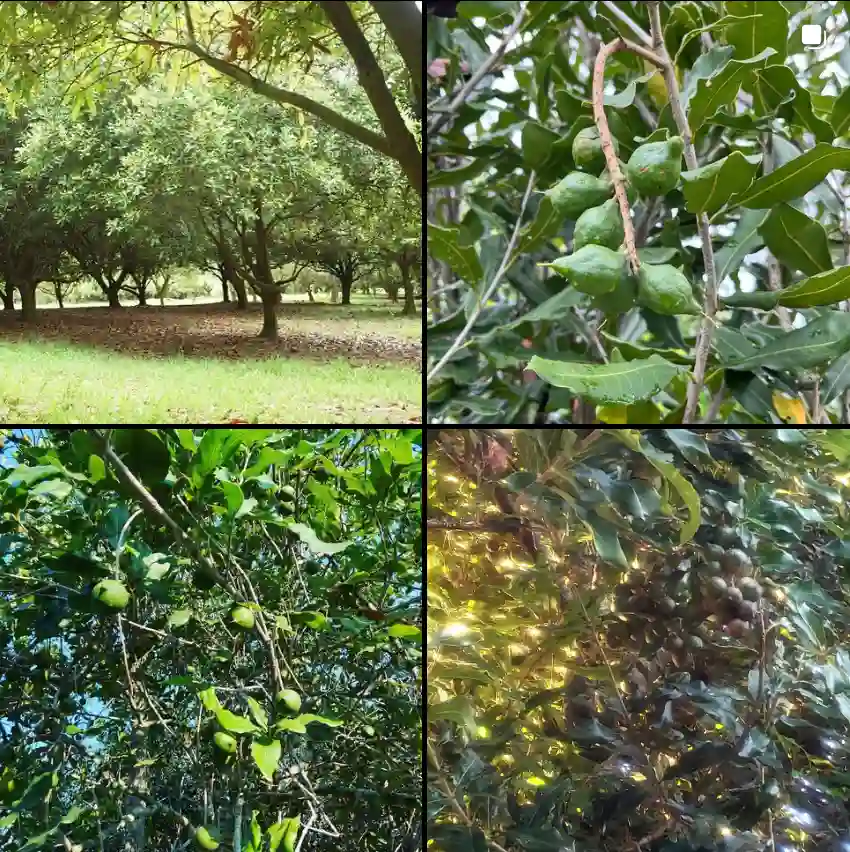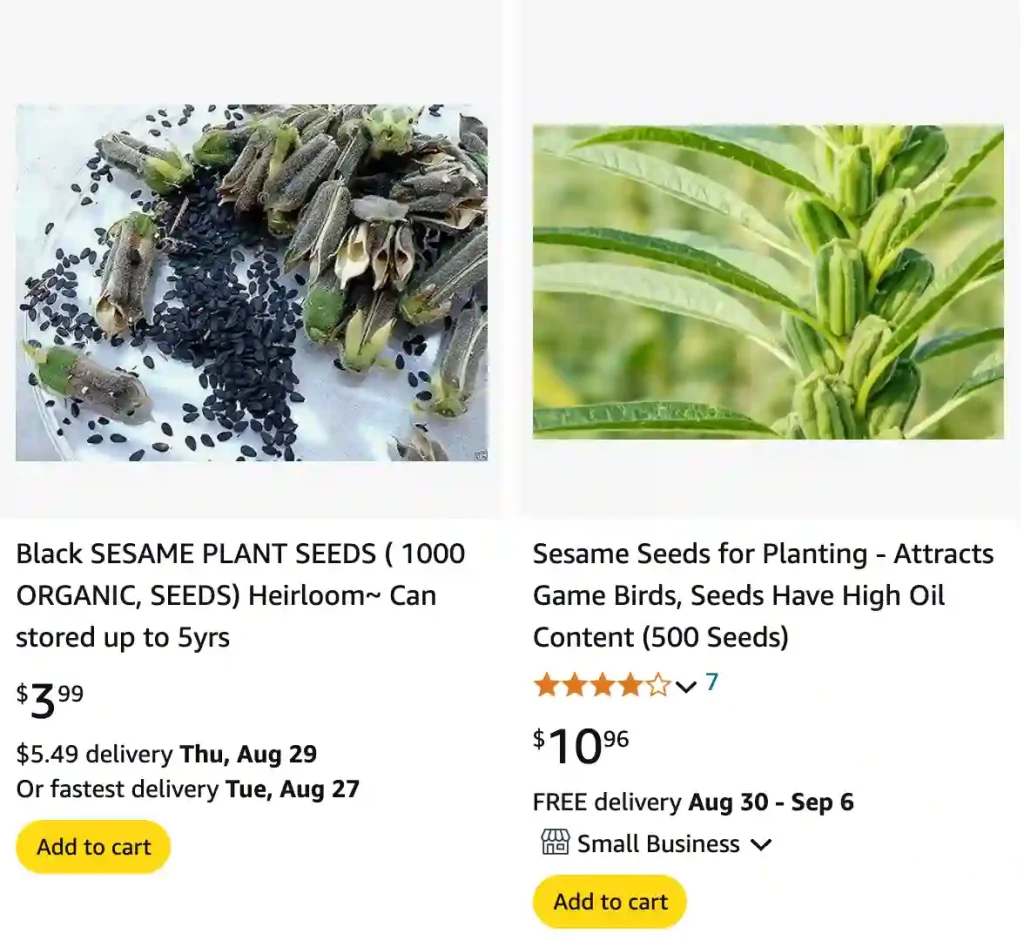
What Is a Sesame Plant?
The Sesame Plant, known scientifically as Sesamum Indicum, belong to the Pedaliaceae family, is a flowering plant cultivated for its edible seeds. These seeds are widely used in various cuisines around the world. Sesame has been grown for thousands of years and is one of the oldest oilseed crops known to humanity. Its oil is highly valued for its flavor and nutritional properties.
Plant Family: 11 Genera in Pedaliaceae
What Does the Sesame Plant Look Like?
The Sesame Plant is a robust, erect annual plant that can grow up to 2-3 feet tall, depending on the variety and growing conditions. It features broad, oval leaves that are bright green in color. The plant produces tubular flowers that are usually white or pale pink. These flowers give way to elongated pods containing the sesame seeds. The seeds can be white, black, or brown, depending on the variety.
How to Grow Sesame Plant?
Growing a Sesame Plant is relatively easy if you live in a warm climate, as the plant thrives in temperatures above 70°F (21°C). Here’s a basic guide on how to grow it:
- Planting: Sesame seeds should be sown directly into the soil after the last frost. They need well-drained soil with a pH between 5.5 and 8.0.
- Spacing: Space the seeds about 6-12 inches apart to give each plant enough room to grow.
- Watering: The plant prefers moderate watering. It is drought-tolerant but will yield better with regular moisture.
- Sunlight: Sesame requires full sun to grow well, so plant it in a location that receives at least 6-8 hours of sunlight daily.
- Fertilization: A balanced fertilizer can be used to promote growth, but sesame generally does not require heavy feeding.
What Is a Sesame Plant Called?
The Sesame Plant is commonly referred to as “sesame” or sometimes by its scientific name, Sesamum indicum. In different parts of the world, it might also be known by various local names. For example, in India, it is often referred to as “til,” while in some African regions, it is called “benne.”
Are the Leaves of Sesame Plant Edible for Livestock?
Yes, the leaves of the Sesame Plant can be used as forage for livestock. They are rich in nutrients and can be a valuable addition to the diet of animals like cattle and goats. However, the leaves should be fed in moderation as part of a balanced diet.
Sesame vs Black Sesame
When comparing Sesame and Black Sesame, both come from the same plant species but differ in color and flavor. Black Sesame seeds tend to have a stronger, nuttier flavor compared to white Sesame seeds. They also contain higher levels of antioxidants and are often used in traditional medicine for their health benefits.
Sesame vs Chia
Sesame and Chia seeds are both nutritious but differ significantly. Chia seeds are smaller, have a mild taste, and are often used to absorb liquid and create gels. They are high in omega-3 fatty acids. Sesame seeds, on the other hand, are larger and oilier with a nutty flavor, rich in calcium, iron, and magnesium.
Sesame vs Flax Seeds
Flax seeds are similar to Sesame seeds in that they are both used for their oil and health benefits. However, flax seeds have a slightly earthy taste and are particularly high in omega-3 fatty acids. Sesame seeds are more commonly used in cooking for their distinct flavor and are a better source of certain minerals.
Sesame vs Gingelly
“Gingelly” is another name for Sesame oil, particularly in South India. Sesame and Gingelly refer to the same plant, but the term Gingelly specifically highlights the oil extracted from the seeds, which is commonly used for cooking and medicinal purposes.
Sesame vs Mustard
Sesame and Mustard seeds are both used in cooking but have different flavors and uses. Mustard seeds are known for their spicy, pungent taste and are often used to make mustard condiments or added to dishes for flavor. Sesame seeds are mild and nutty, commonly used in baking, cooking, and oil extraction.
Sesame vs Peanut
Comparing Sesame to Peanut, both are used for their oils, but they differ in allergen potential. Peanuts are a common allergen, while sesame is less so, though it can still cause allergies in some individuals. Both are high in healthy fats and are used in various culinary applications.
Sesame vs Perilla
Perilla, also known as “shiso,” is a leafy herb, while Sesame is a seed. They are used differently in cooking: Perilla for its aromatic leaves and Sesame for its seeds. Perilla leaves have a distinct flavor, often described as a mix of mint and basil, whereas Sesame seeds are nutty and rich.
Sesame vs Poppy Seeds
Sesame and Poppy seeds are both tiny, oil-rich seeds used in baking and cooking. Poppy seeds have a mild, slightly sweet flavor and are often used in pastries and bread. Sesame seeds have a nutty, rich flavor and are used more broadly across different cuisines.
Benefits of the Sesame Plant
The Sesame Plant offers numerous health benefits. Its seeds are rich in protein, healthy fats, vitamins, and minerals like calcium, iron, and magnesium. The oil extracted from sesame seeds is known for its antioxidant properties and is used for skin care, cooking, and traditional medicine.
Is Sesame Plant Toxic?
The Sesame Plant is not toxic to humans or animals. Its seeds and oil are consumed widely without harmful effects. However, like any food, they should be consumed in moderation to avoid potential allergic reactions or digestive issues.
Common Problems When Growing Sesame Plant
Growing Sesame can sometimes present challenges such as pest infestations (aphids and beetles) and diseases like leaf blight. Proper care, including regular monitoring, adequate spacing, and ensuring good air circulation, can help prevent these issues.
Conclusion
The Sesame Plant is a versatile and valuable crop with numerous culinary and health benefits. Understanding how to grow, use, and differentiate it from other similar seeds can help you make the most of this ancient plant. Whether you’re a gardener or a cook, the Sesame Plant is a worthy addition to your knowledge and your kitchen.
If i die, water my plants!
